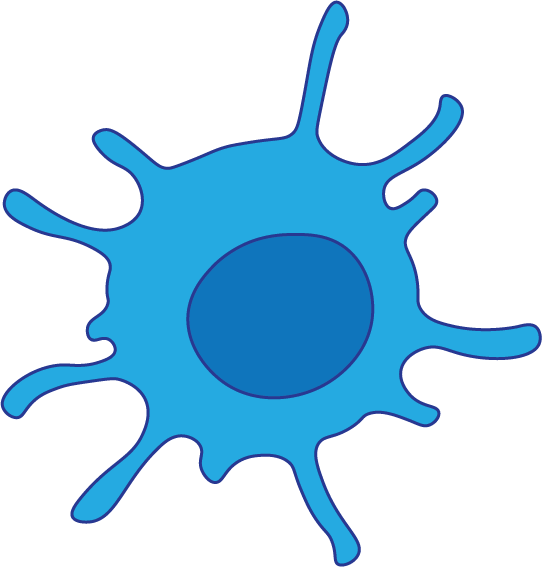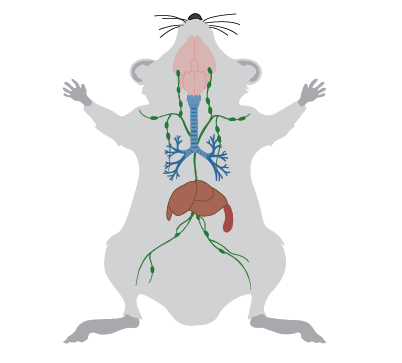Immunemap is a collaborative project supported by a network of international laboratories willing at making 2-photon imaging data of the immune system FAIR (Findable, Accessible, Interoperable, Reusable).
Partner map
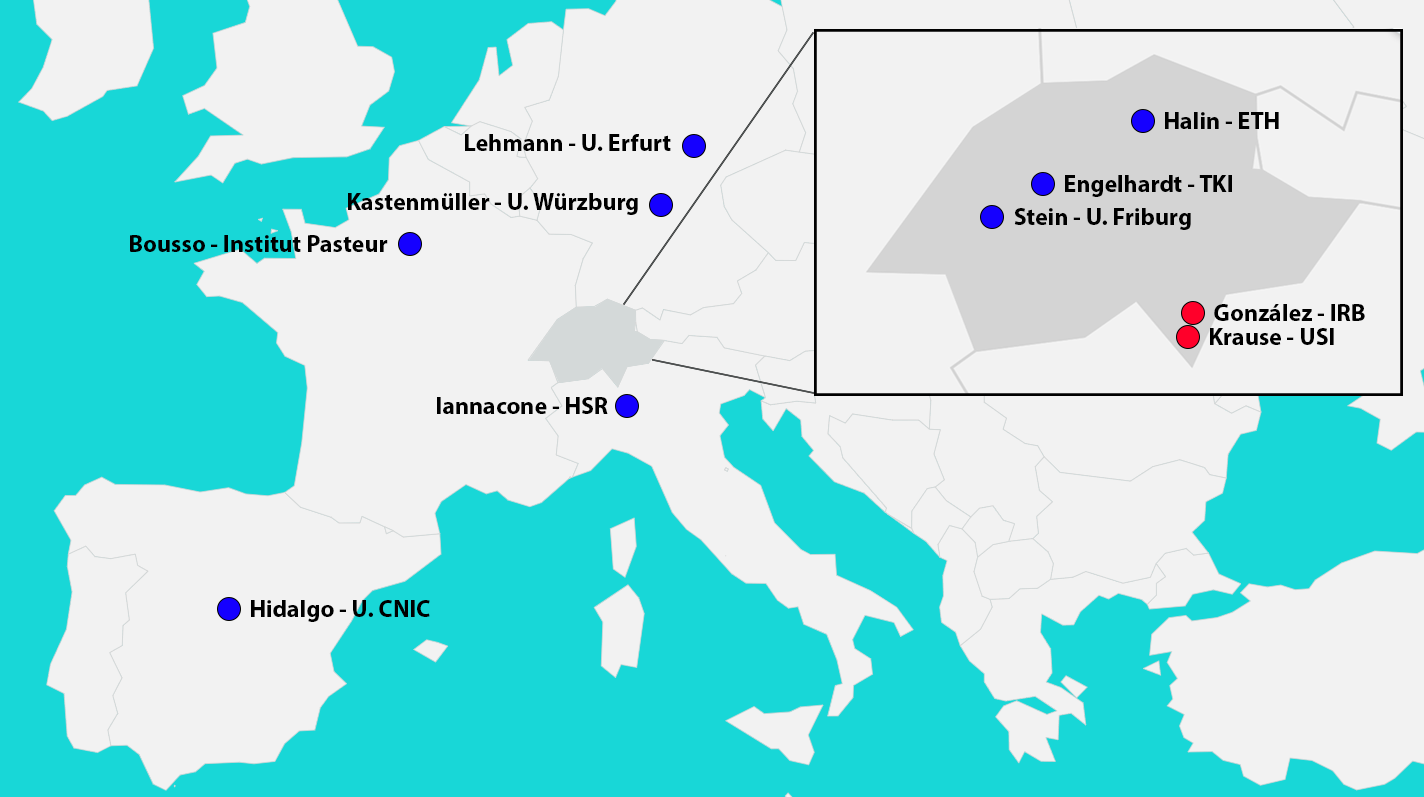
Project directors
- Dr. Santiago F. Gonzalez is group leader at the Institute for Research in Biomedicine (IRB, Bellinzona, Switzerland). Dr. Gonzalez has extensive experience in the field of imaging. During his postdoctoral research at Harvard University, he received complete training for the use of state-of-the-art imaging techniques, including MP-IVM. After establishing his own group in Switzerland, he has completed, with support from the Swiss National Science Foundation, the installation of a state-of-the-art MP-IVM facility at the IRB.
- Prof. Dr. Rolf Krause is the director of the Institute of Computational Science and professor at the Faculty of Informatics, USI, Lugano - Switzerland.
His research focuses on numerical simulation and mathematical modeling in scientific computing and computational sciences, leading the research group "High Performance Methods for Numerical Simulation in Science, Medicine and Engineering".
He is also co-director of the recently installed "Center for Computational Medicine in Cardiology". - Dr. Diego Ulisse Pizzagalli is a post-doctoral researcher at the Università della Svizzera italiana (USI, Lugano, Switzerland) and IRB. In his doctoral studies, he developed a hierarchy of methods based on network theory and applied them to analyze the behavior of immune cells in inflammatory conditions, captured via intravital microscopy. Diego serves as a teaching assistant at USI in subjects related to computing theory, signal processing, and ubiquitous computing.
Data curation and communication responsible
- Pau Carrillo Barberà is a Bioimage Analyst at IRB. Pau is responsible for handling the curation and integration of IVM data from an international network of laboratories contributing to the IMMUNEMAP database and the establishment of a data annotation workflow. In his doctoral studies at BIOTECMED (University of Valencia) he worked on the deployment of microscopy-based screening protocols and bioimage analysis workflows for the study of neural stem cells.
- Elisa Palladino is an Imaging Specialist at IRB. Elisa is responsible for gathering data and populating the IMMUNEMAP platform. She also takes care to establish collaborations with new partners, around the world.
Imaging specialists and developers
- Benedikt Thelen is a Biomedical Engineer at USI. Benedikt is responsible for the development of the IT infrastructure and software backend of the database. After completing his master at the university of Bern, he has participated in multiple scientific projects as researcher and programmer.
- Kevin Ceni is a Biomedical Engineer at IRB. Kevin is responsible for the development of the client-side software of the project (frontend) and the implementation of web-based tools for the analysis of IVM data. In his master thesis at the University of Bern he worked on the development of a convolutional neural network able to classify and locate different diseases affecting the retina.
- Alain Pulfer is a PhD student on Bioimage Analysis at IRB. Alain works on the design of diverse bioimage data analysis tools for IVM data, e.g., for quality assessment or action recognition.
- Joy Bordini is a Bioinformatician and Bioimage Analyst at IRB. Joy works on the design of diverse bioimage data analysis tools for IVM data, e.g., segmentation or colocalization methods.
Project partners from Europe
- Britta Engelhardt (Theodor Kocher Institute, University of Bern, Bern, Switzerland). The group of Prof. Engelhardt developed an extensive in vivo imaging biobank that includes 2P-IVM imaging of T cell interactions in the cervical spinal cord microvessels of mice suffering from experimental autoimmune encephalomyelitis. Prof. Engelhard has a solid career as a relevant world expert on imaging autoimmune diseases.
- Cornelia Halin (ETH, Zurich, Switzerland). The group of Prof. Halin is specialized in the study of intravital microscopy observations of migratory T cells and dendritic cells in and around dermal lymphatic capillaries in murine skin. Since the establishment of her lab in ETH, Prof. Halin has published her innovative research in the most important journal in the field of immunology.
- Wolfgang Kastenmuller (University of Bonn, Bonn, Germany). Prof. Kastenmuller directs a dynamic group that focuses on the characterization of the interactions between DC and CD8 and CD4 T cell subsets in the LN in response to different conditions. The Kastenmuller lab has significantly contributed to the field of immuno-imaging and has published his innovative imaging articles in top journals like Immunity or Nature Immunology
- Andres Hidalgo (Centro Nacional de Investigaciones Cardiovasculares, Madrid, Spain). The group of Dr. Hidalgo is specialized in the study the migration mechanisms that lead the recruitment of inflammatory cells from the blood vessels following different insults. He has published his recent papers on neutrophil dynamics in journals like Cell or Science.
- Matteo Iannacone (San Raffaele Research Institute, Milan, Italy). MD PhD Iannacone directs a group specialized in studying the activation of adaptive immune cells and immunopathology during viral infection and cancer. He has developed specific models to study the dynamics of T cells in the liver in response to viral infection. Iannaccone’s group has recently published novel research that regards liver imaging in the journal Cell.
- Matteo Iannacone (San Raffaele Research Institute, Milan, Italy). MD PhD Iannacone directs a group specialized in studying the activation of adaptive immune cells and immunopathology during viral infection and cancer. He has developed specific models to study the dynamics of T cells in the liver in response to viral infection. Iannaccone’s group has recently published novel research that regards liver imaging in the journal Cell.
- Matteo Iannacone (San Raffaele Research Institute, Milan, Italy). MD PhD Iannacone directs a group specialized in studying the activation of adaptive immune cells and immunopathology during viral infection and cancer. He has developed specific models to study the dynamics of T cells in the liver in response to viral infection. Iannaccone’s group has recently published novel research that regards liver imaging in the journal Cell.
- Matteo Iannacone (San Raffaele Research Institute, Milan, Italy). MD PhD Iannacone directs a group specialized in studying the activation of adaptive immune cells and immunopathology during viral infection and cancer. He has developed specific models to study the dynamics of T cells in the liver in response to viral infection. Iannaccone’s group has recently published novel research that regards liver imaging in the journal Cell.
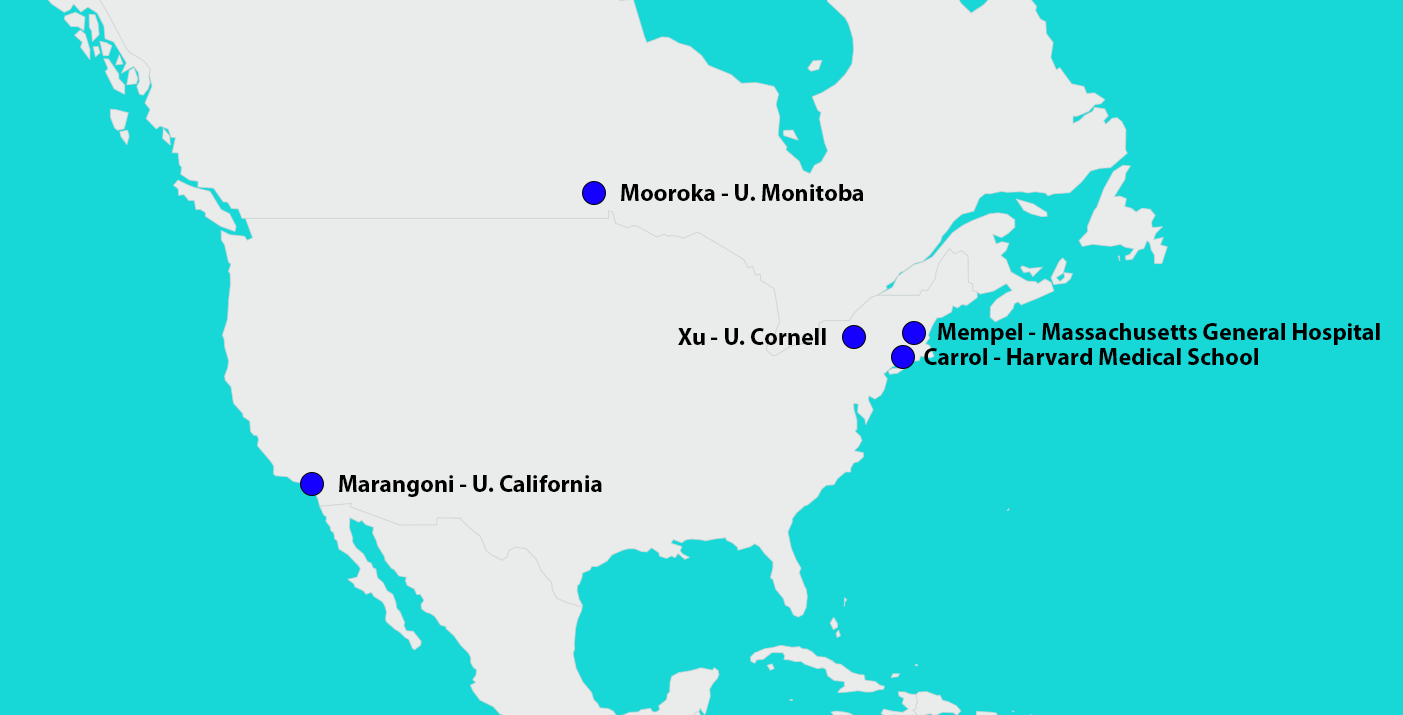
Project partners from North America
- Thomas Murooka (University of Manitoba, Manitoba, Canada). The laboratory of Dr. Murooka specialized in the study of T cells and DC as well as their migration during HIV infection in lymphoid tissues. Additionally, they studied the effector and regulatory T cell behaviors during Leishmania major infection in mouse skin. During his career, Dr. Murooka have published high impact factor papers in journals like Nature.
- Michael Carroll (Harvard Medical School, Boston, USA). The group of Prof. Carroll has made important contributions to the field of antigen trafficking and B cell biology. He has extensive experience characterizing the behavior of DC and B cells in different models including infectious diseases and autoimmune diseases. The group publishes their research in a regular base in the highest impact factor journals in the field including Nature, Science or Cell.
- Michael Carroll (Harvard Medical School, Boston, USA). The group of Prof. Carroll has made important contributions to the field of antigen trafficking and B cell biology. He has extensive experience characterizing the behavior of DC and B cells in different models including infectious diseases and autoimmune diseases. The group publishes their research in a regular base in the highest impact factor journals in the field including Nature, Science or Cell.
- Michael Carroll (Harvard Medical School, Boston, USA). The group of Prof. Carroll has made important contributions to the field of antigen trafficking and B cell biology. He has extensive experience characterizing the behavior of DC and B cells in different models including infectious diseases and autoimmune diseases. The group publishes their research in a regular base in the highest impact factor journals in the field including Nature, Science or Cell.
- Michael Carroll (Harvard Medical School, Boston, USA). The group of Prof. Carroll has made important contributions to the field of antigen trafficking and B cell biology. He has extensive experience characterizing the behavior of DC and B cells in different models including infectious diseases and autoimmune diseases. The group publishes their research in a regular base in the highest impact factor journals in the field including Nature, Science or Cell.
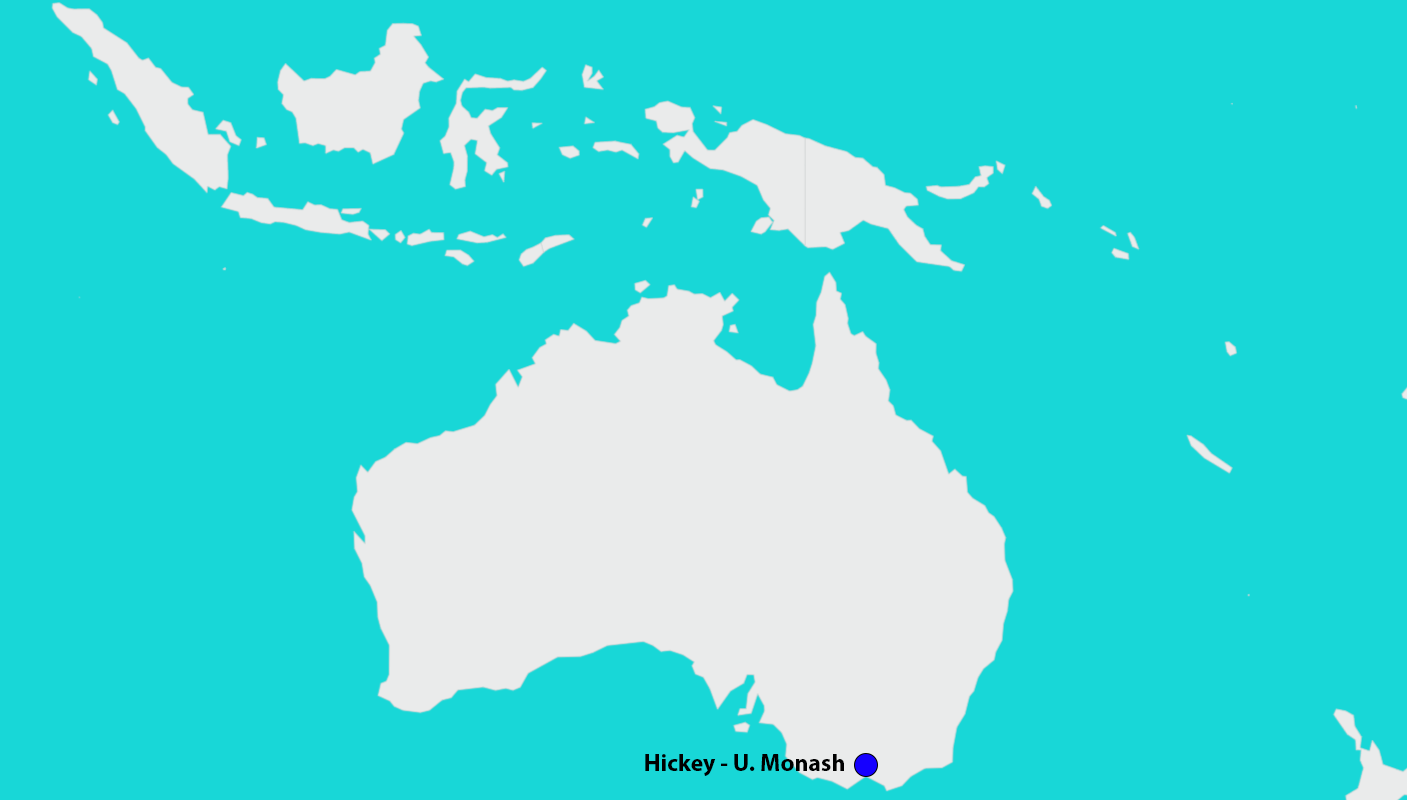
Project partners from Oceania
- Thomas Murooka (University of Manitoba, Manitoba, Canada). The laboratory of Dr. Murooka specialized in the study of T cells and DC as well as their migration during HIV infection in lymphoid tissues. Additionally, they studied the effector and regulatory T cell behaviors during Leishmania major infection in mouse skin. During his career, Dr. Murooka have published high impact factor papers in journals like Nature.

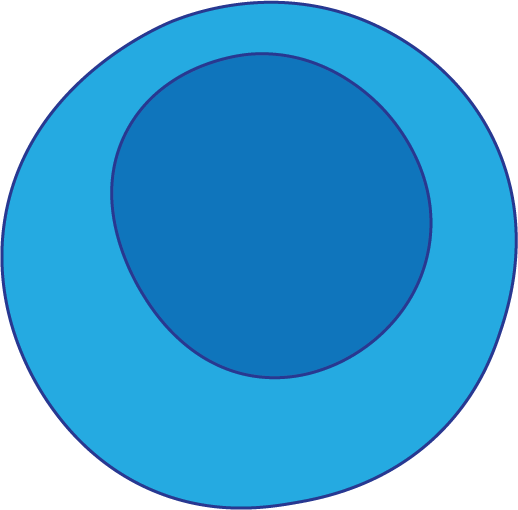 T cell
T cell 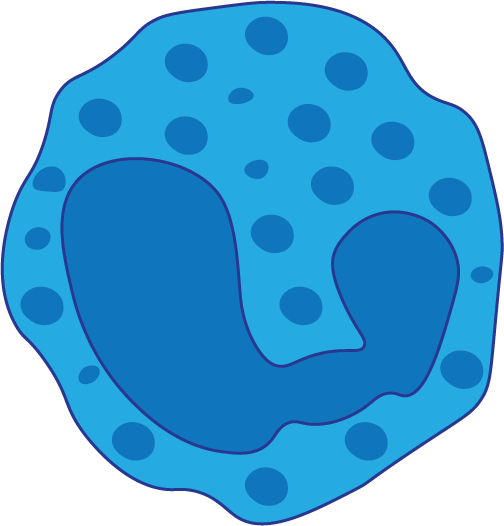 Basophil
Basophil 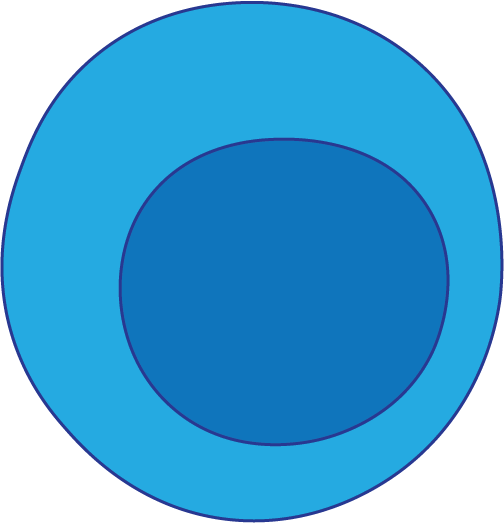 B cell
B cell 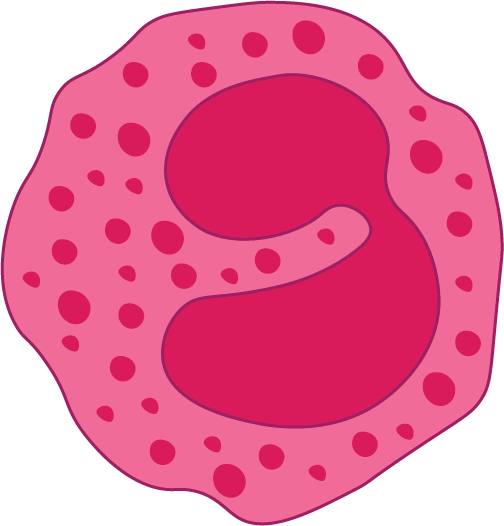 Eosinophil
Eosinophil 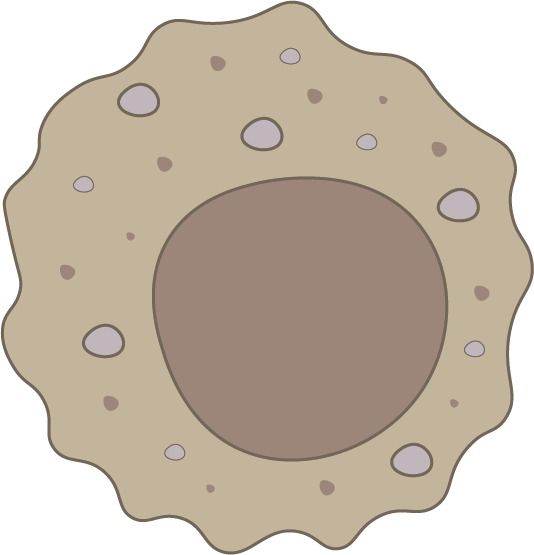 Macrophage
Macrophage 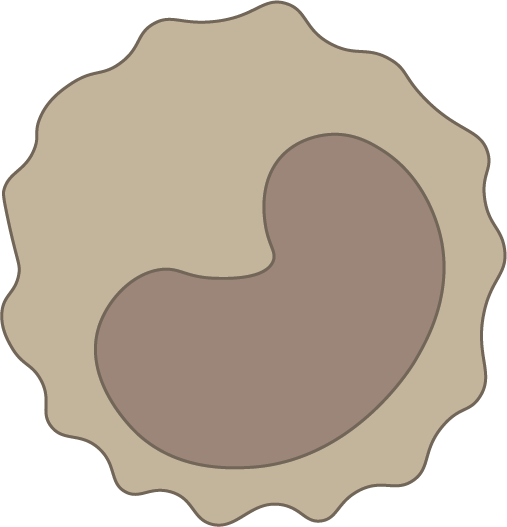 Monocyte
Monocyte 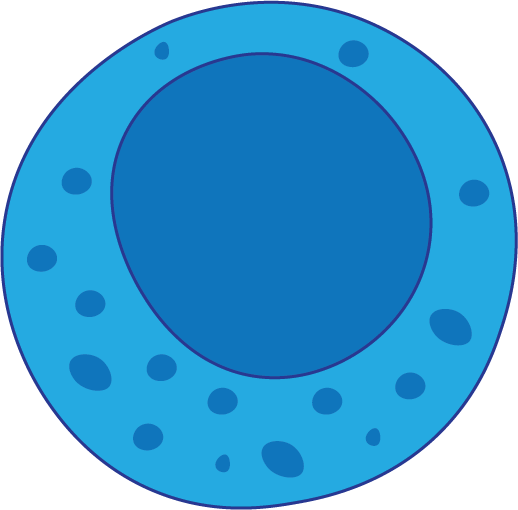 Natural killer (NK) cell
Natural killer (NK) cell 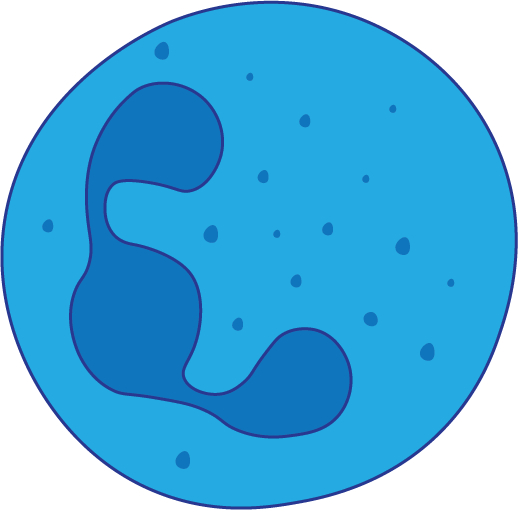 Neutrophil
Neutrophil 